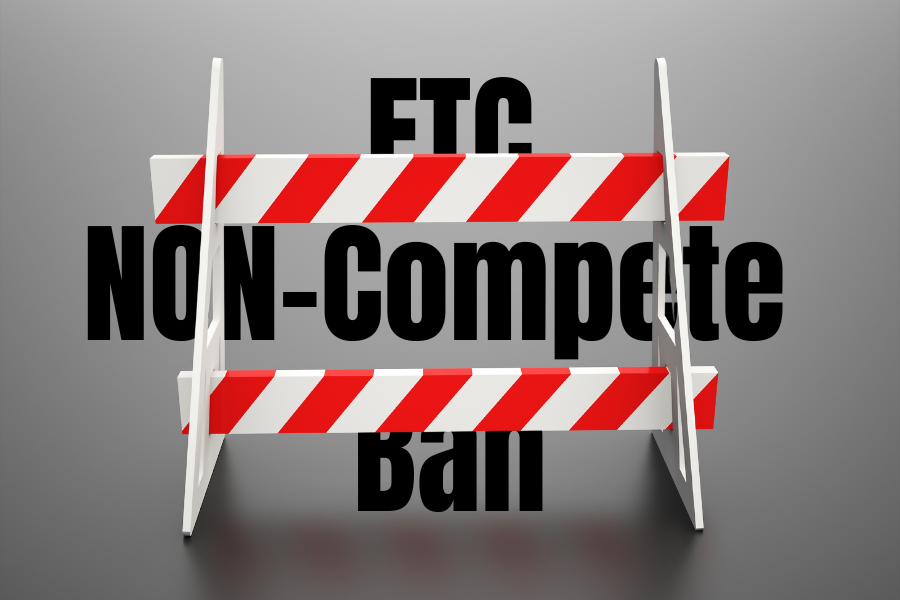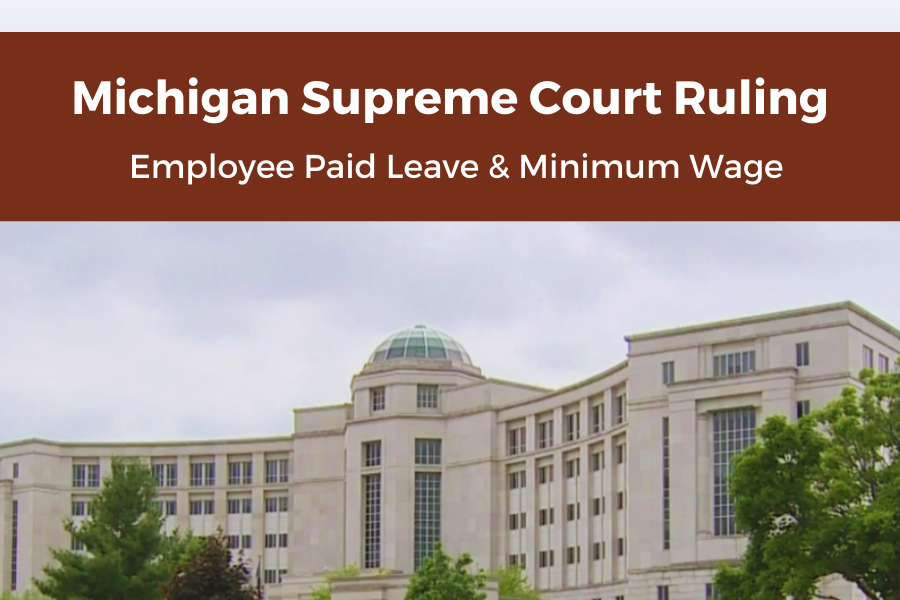As the impact of the coronavirus gathers steam, we are just beginning to feel the repercussions – imperiled labor force, supply chain disruption, project shutdowns, enormous financial disruption, unsettling uncertainty. All this may leave you asking – What should I do now? As my colleague Steve Hilger has been known to say, “If my crystal ball were not in the shop, I’d tell you the answer.” First and foremost, don’t panic.
Even if the sky might be falling, avoid the Chicken Little syndrome – inferring catastrophic conclusions resulting in potential paralysis. Intentionally, orderly, and strategically consider all options and develop multiple Contingency Plans – Plan A, Plan B, and Plan C. Plan for your continued success in this uniquely challenging environment.
□ Protect Your Workforce. Implement job site safety protocols to ensure healthy work practices related to disease control and hygiene to protect your workforce. Evaluate your stock of personal protective equipment (PPE) and evaluate whether you need different equipment to perform or whether your PPE may be donated to health care facilities. Abundant resources are available to assist employers with implementing appropriate personnel policies and safe work practices. See OSHA’s guidance policy on preparing Workplaces for COVID-19.”
□ Anticipate an Absent Workforce. Plan for workers who are unavailable due to quarantine requirements of the project site or your own personnel policies. Anticipate absenteeism for no-shows due to a fear of sickness or fear of spreading the virus.
□ Inventory your Projects & Assess Risks. Evaluate what projects are at risk for delay, suspension, or termination. Create contingency plans for these events. Consider whether it actually makes sense to defer certain projects or work. Consider what costs you might incur in the event of project suspension/termination (demobilization, remobilization, restocking fees, termination fees, idled equipment or labor costs) and whether these costs are recoverable under your construction contract.
□ Assess your contract rights and responsibilities. See the companion article concerning important contract terms that address rights and responsibilities in the event of unforeseen circumstances or events outside of your control. Carefully evaluate whether current events qualify as a force majeure event for which you are entitled to increased contract time or an increased contract price. Subcontractors should request a copy of the Owner/Contractor agreement to assess flow down obligations. Investigate your obligations to all downstream subcontractors and suppliers.
□ Promptly give proper notice. Carefully comply with all notice requirements for impacts, claims, delays, or change orders. Strictly comply with the timing, form, substance of the claim, and delivery requirements, otherwise the claim may be barred. Take care to assess completely all indirect impacts that affect a claim such as travel restrictions and transit shutdowns.
□ Inventory your Resources. Evaluate where and on what projects your existing resources (material, labor, and equipment) can best be utilized. Determine whether your resources can be reallocated to other areas / projects that may not be at risk. If you are going to relocate materials or a labor force from one state to another, evaluate whether transportation systems are available to accomplish that transition.
□ Consider Supply Chain Disruption. Evaluate what resources you or your lower tier contractors and suppliers rely upon to perform your work. Ask your downstream subcontractors and suppliers to verify supply change continuity. Evaluate and communicate with key fabrication facilities to anticipate any production delays. Setting aside the question of enforceability, consider the potential for federal, state, or local transit shutdowns or travel restrictions that may affect the delivery of materials or movement of your labor force. If materials and equipment are coming from countries impacted by COVID-19, determine whether deposits for these construction inputs can be deferred to shore up working capital and cash. If there is any potential labor or supply chain disruption, timely and properly give written notice of the potential disruption.
□ Communicate with your upstream & downstream. Whether your contract is with the Owner, Contractor, Subcontractor, etc., communicate with your upstream customer to assess the direction it intends to take with the project and site safety so that you can plan accordingly. Communicate that information downstream so others can plan as well.
□ Evaluate impacts of revised work practices & labor loading. Consider whether you should, could, or will otherwise be directed to reduce or isolate your workforce, work in only certain prescribed areas, reduce crew sizes, and the impact of revised work practices on labor productivity. Consider the use of staggered work forces to keep projects going.
□ Document project status, claims; segregate discrete costs. Document by photo, video, or otherwise, the status of construction so you have an excellent record of assets on site and the status of construction if interrupted. Segregate and track all discrete costs (labor, idled equipment, unabsorbed overhead) associated with an impact and claim. If necessary, assign discrete costs codes for tracking purposes. Daily progress reports should identify any events that impact the work and quantify that impact to the extent possible.
□ Document efforts to mitigate consequences of an impact. Take reasonable steps to mitigate any costs incurred for delay and disruption. This might include contacting subcontractors and suppliers to address supply chain issues, including alternative sourcing or substitutions. Carefully document all efforts to mitigate the impact. Ultimately you may need to establish that replacing a subcontractor or substituting material would be futile.
□ Evaluate project funding and payment rights. Consider the source and strength of project funding. Assess the payment risk if the Owner, Contractor, or Subcontractor defaults. Determine whether your contract gives you the right to ask for proof / assurance of project funding. Be sure to comply with notice requirements, if any, under construction lien laws. If recording a lien is required and electronic recording is not available, do not defer recording until the last minute, as county offices may be closed or working with reduced staff.
□ Check for and request material price protection. Standard industry contracts do not typically provide for recover of escalating costs of material and equipment. Savvy manufactures and suppliers may have certain terms that control and afford recovery, so review supply contracts to confirm whether such terms exist. Going forward, request price protections or price escalation clauses. Consider ConsensusDocs 200.1 a form contract amendment that addresses price adjustment for essential materials in a project that might experience significant industry-wide economic fluctuation that might impact price, availability and delivery time frames.
□ Negotiate disruption protection. If you don’t have a force majeure provision, get one! Negotiate language that will protect you from disruptions to material or equipment supply, unavailability of labor, workforce illness or quarantine, government orders/mandates, closures and other restrictions, fulfillment of contractor or legal health and safety obligations associated with epidemics, etc.
□ Qualify your proposals. If you can do so without disqualifying your bid or your proposal, consider qualifying your proposals to state that prices are held for only a certain number of days, and thereafter your proposal expires. Qualify your proposal in other important ways outlined in this checklist.
□ Evaluate the need for Performance & Payment Bonds. As the coronavirus wreaks havoc on global and local economies, evaluate contractor prequalification procedures and whether your process and information gathering needs to be updated. Consider whether to use subcontractor performance and payments bonds, subcontractor default insurance, or similar products.
□ Communicate with your Surety. Be proactive in communicating with your surety if you are concerned about a project or your financial or performance obligations. When nurtured properly, a trusted surety relationship is an invaluable asset, as sureties have the expertise and vast experience in troubled projects to assist in problem solving and weathering project and financial turmoil. Do not wait to contact your surety until things are on fire. As we move past the COVID-19 crisis, make sure your financial house remains in order as uncertain times may result in an increase in bonding requirements.
□ Ensure the good graces of your banker and assess cash needs. Evaluate your line of credit, banking relationship, access to cash, and need for cash. Assess whether to defer capital improvements or major purchases. Consider pre-payment discounts. Consider all cash management practices.
□ Consult your insurance broker. While it is unlikely you have coverage for business interruption, gather and review your insurance policies and confer with your insurance broker. Even if your standard property policy excludes coverage for communicable diseases, you might find coverage under other policies. Regardless of whether you believe you have coverage, track all expenses and losses attributable to the COVID-19 pandemic. As the landscape on the pandemic continues to involve, government assistance and/or insurance litigation may result in relief at some point, provided you properly file a claim (even if denied) and document a claim.
□ Be mindful of cybersecurity treats. With the massive shift to work-from-home operations, the circumstances are ripe for cybersecurity threats. Opportunistic attackers are taking advantage of the crisis by sending coronavirus related phishing emails to companies nationwide. Most common examples include emails mimicking government and state agencies, The WHO (World Health Organization), and links to heat-maps showing infection rates/cases. With so many employees working from home, greater attention should be given to security by making sure home Wi-Fi connections are password protected, checking email addresses to verify before clicking on any links, and avoiding opening attachments from those you don’t know or from whom you are not expecting documents.
□ Stay Informed. Consult reliable and timely resources to stay informed about the latest developments and recommendations to address COVID-19 and its fallout. Check out the federal government, state government, and trade association resources, including:
- https://www.michigan.gov/Coronavirus
- https://www.cdc.gov/coronavirus/2019-ncov/index.html?CDC_AA_refVal=https%3A%2F%2Fwww.cdc.gov%2Fcoronavirus%2Findex.html
- https://www.agc.org/coronavirus-covid-19
- https://abc.org/coronavirus
- https://asamidwest.com/wp-content/uploads/2020/03/ASA_COVID_19_Resource_Guide.pdf
□ Consult your legal counsel. Need we say more?
The world isn’t getting any less chaotic soon. There may not be a perfect course of action or a perfect answer in terms of your contingency Plans A, B, and C. Regardless of the uncertainty, intentionally plan your future course. In the words of Abraham Lincoln, “give me six hours to chop down a tree and I will spend the first four sharpening the ax.”




